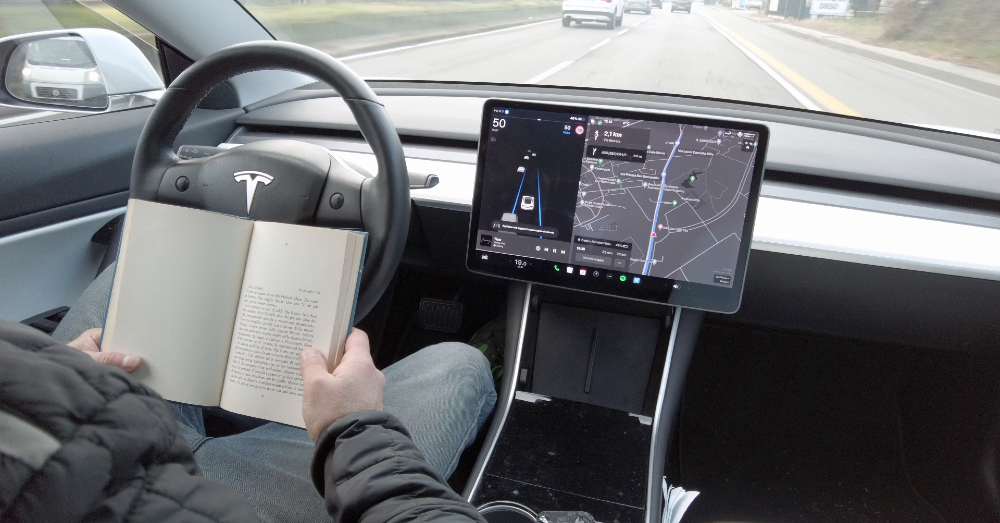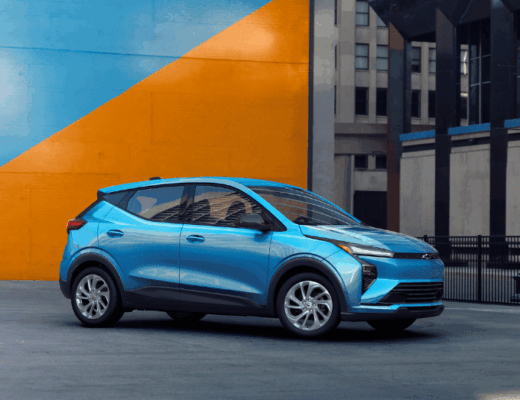How safe is safe? Where should we look for the safest driving conditions and roads where safety is a big part of the mix? Is Tesla’s Autopilot system safe?
Vehicle technology has come a long way, especially in terms of safety and security. Before seatbelts, cars had little to no safety features. After belts came crumple zones, airbags, and additional features that make it easy to have a safe and secure ride. Every automaker claims their system provides excellent safety figures, but is that true? Let’s see how safe Tesla’s Autopilot system is and what it does to protect people in crashes.
Where are drivers using the Autopilot system
Tesla publishes a safety report every three months, which shows the average number of miles between crashes when divers use the system and when they don’t. As you would expect, when the Autopilot system is being used, the frequency of crashes drops significantly. This system is typically engaged while out on highways and not while driving on city streets. This could skew the results because highways are usually twice as safe as city streets. It’s pretty easy to log lots of safe miles on the highway.
Autopilot is the oldest tech of its kind
Tesla’s Autopilot system was introduced in 2015 to give us a full package of safety features using cameras and radar to keep vehicles out of trouble. This means the system is effectively being tested on public roads in the hands of everyday drivers, but maybe it shouldn’t be. Some accidents have been linked to drivers using this system while putting their attention on something else and not on the system being used. Systems that came after this one from Tesla added the benefits of limitations to only mapped roads, making them more complete than the Autopilot system.
Its hard to claim safety
Most automakers are adding vehicle features to claim improvements in safety compared to previous years, but most can’t verify these claims. While vehicles have become safer, there have been more accidents than ever before. This means the added safety features don’t offset poor driving habits, which means there could be another reason for the uptick in accidents on the roads. What could be the problem with the advanced safety systems in most of today’s cars? It could be a problem with the driver and not the vehicle technology.
Added tech doesn’t always translate to safer vehicles
The advancements made in Tesla’s Autopilot system are impressive, but there’s much more than simple safety features in Tesla vehicles. One of the greatest draws of Tesla EVs is the large central touchscreens that control nearly every function of a Tesla. This company chose not to add buttons to the dashboard, but all functions are part of the massive touchscreen. This means you need to understand the menus and functions in order to find what you need without looking down at the screen. Taking your eyes off the road is a form of distraction, and this massive screen can cause you to be distracted during your drive.
Tesla isn’t the only one
Many new vehicles have larger touchscreens for the infotainment system than older vehicles. It seems like there’s a race to take over the entire dashboard, with screens filled with menus and icons that require you to look down. Some automakers attempt to offset this with a head-up display, but that doesn’t fix things at all. Between screens and smartphones, we’ve now got more distractions than ever before in the history of driving. Toss in the added fun of more drivers on the road than ever before, and you’ve got a recipe for disaster.
Should drivers be able to turn off safety systems?
Tesla’s Autopilot might be misnamed and create a scenario where the vehicle attempts to drive itself, at least that’s what some divers think. Still, when drivers control the safety systems things can be troublesome. Tesla has dialed back some of the Autopilot systems in the past because drivers have become too reliant on the electronics to keep them out of trouble. Yes, this seems like a bit of a seesaw of safety and technology. Maybe, instead of worrying about what safety systems are active, automakers should find a way to ensure drivers can’t use their smartphones while driving, but that doesn’t seem too likely.
Its hard to say whether or not Tesla’s Autopilot system is safe, but it certainly isn’t any worse than systems offered by other automakers. Until self-driving cars are the norm, it’s important for drivers to create the safest environment possible for every driver. This means putting the phone down, staying alert, and avoiding the infotainment system as much as possible.
This post may contain affiliate links. Meaning a commission is given should you decide to make a purchase through these links, at no cost to you. All products shown are researched and tested to give an accurate review for you.




